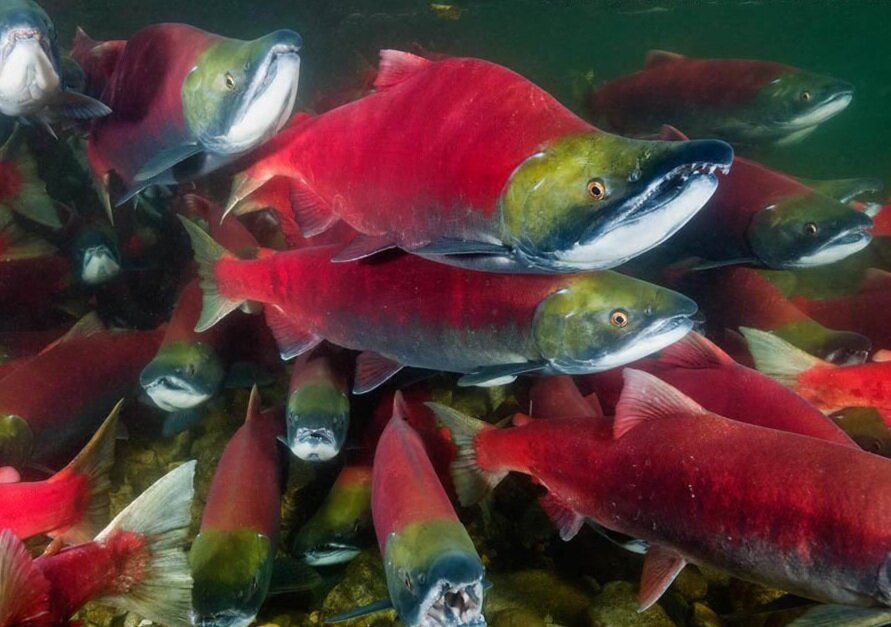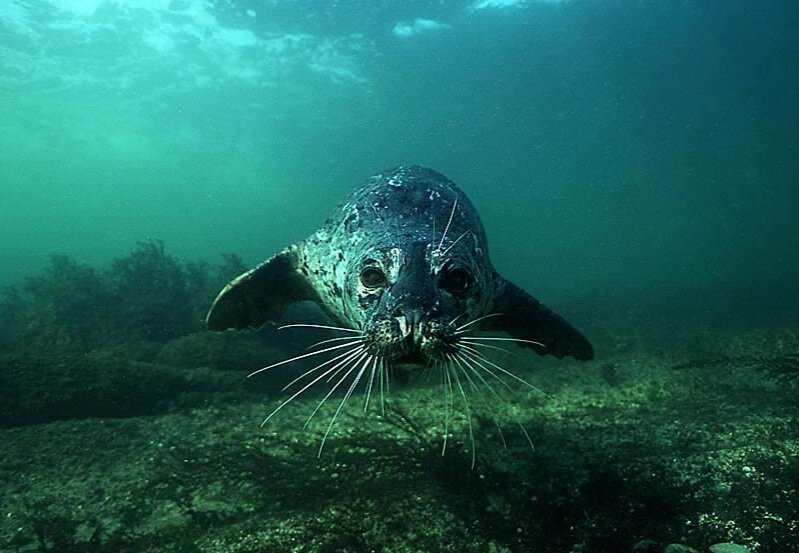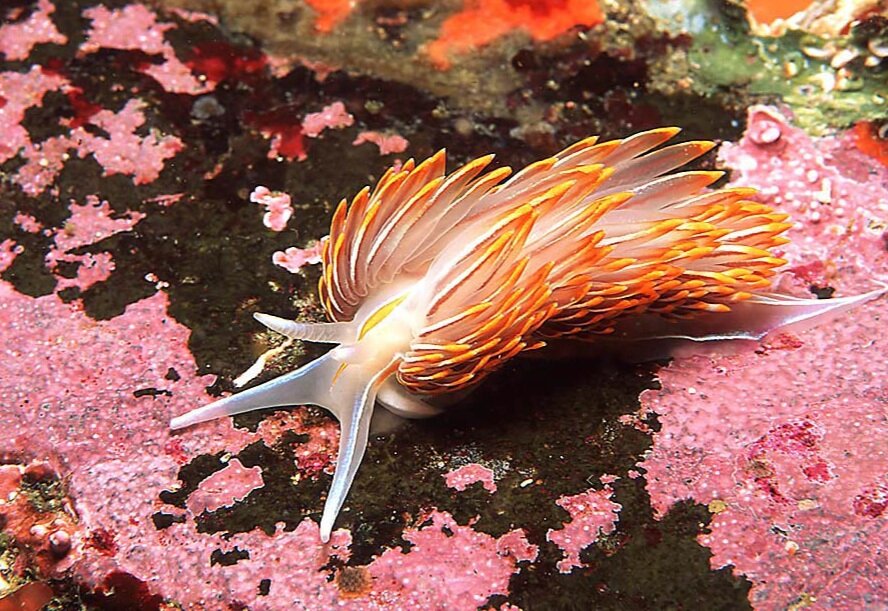Welcome to
Salish Sea Splash
What this unit is about…
Even just a glimpse beneath the surface reveals a bewildering wildlife and geologic wonderland and ample opportunity for earth, physical, and biological investigation. This shorter option of the traditional Explore the Salish Sea Curriculum is available for teachers who want to get their students’ toes wet in place-based science but may not have room for a longer unit.
Like our full curriculum, it starts with wonder, and it then follows the chapters of Explore the Salish Sea, A Nature Guide for Kids. It ends with students sharing their discoveries with their communities. All of the exploration, discovery, and hands-on experiences are in alignment with Next Generation Science Standards and British Columbia’s Science Standards. Unlike our full curriculum, this shortened unit has the students take the helm and teach one another (learning a whole lot in the process!) while you are the guide on the side.
Next Generation Science Standards in this unit:
Standards in this unit will vary and depend on student-selected games and activities. They are listed in the individual games and activities.
Photo by John Lowman, Salish Sea In-Focus
The Sequence
After you have registered for the curriculum, preparing the unit is as easy as 1, 2, 3!
Review the unit plan, and customize it to suit your needs
This unit plan is flexible, adaptable, and in Word format to ensure that your experience can be tailored geographically to your local watershed and community, and to your particular teaching objectives and needs. Use the plan like a map- it has directions, resources, learning targets and performance expectations, and more to guide every step of the way, but the adventure you and your students share is your own.
Review and customize the slideshow
This slideshow presents helpful background information, including links to online resources and videos. With helpful presenter notes, it also acts as a guide as you progress. As with the unit plan, you may want to customize certain slides to make them even more relevant and local. For this reason, it is in PowerPoint. Save a copy and make the change you see fit.
Review, customize, and print the accompanying student journal
This editable Word document is your students’ place to wonder, record observations, take notes, diagram, and plan and record scientific investigation or engineering processes. It is also a place to celebrate hard work with well-deserved stamps on the back page. Review and customize the journal to reflect the changes you’ve made in your unit plan and slideshow.
HOW TO PRINT
In Microsoft Word, click on the Layout menu, then the arrow to expand the Page Set Up options. Click Margins and select “Book Fold” in the drop down menu by Multiple pages. Print in landscape orientation on 8.5 x 14” (legal) paper with two staples along the center fold. Note: the font is Helvetica. Changing the font can change alignment of journal pages.
Utilize the materials below for additional student resources throughout the unit.
Additional Resources & Materials
Assessments
Every unit has its own pre- and post-assessments for tracking the progress and growth that students make throughout the curriculum. Links to these (and additional formative assessments!) are also provided in the unit plan.
SALISH SEA SPLASH POST-ASSESSMENT
SALISH SEA SPLASH PRE-ASSESSMENT
WONDER
Give your students a visual or sensory experience that provides a chance to wonder about their natural surroundings or a phenomenon in the ocean. You can incorporate an outdoor activity, an observational field trip, or an in-classroom presentation, video, or still photo to invoke curiosity about a phenomenon that students can’t wait to try to solve!
Essential Question
After inspiring wonder, it is time to give a Salish Sea Splash Student Journal to each student. Let them get acquainted with it and read the Introduction, Welcome to the Salish Sea. Develop an essential question around what is most important in this chapter.
Peer Presentation Prep
STUDENTS ONLY! This is your spot to shop for one game or activity to teach your peers. If time allows, you can choose from PowerPoint slides and Salish Sea Wild films to help you introduce your chapter’s theme. After you click, find your chapter and select from the options there. Games and activities require you to print and/or gather materials to play, and slides and films require you to review and organize how to present them (so plan ahead!).
Develop a Testable Question
This is when your students take that larger essential question and distill it down into specific, testable question. The most direct questions begin with, “Is, Are, Do, Does, or Will…”
Salish Sea Heroes Project
Chapter 8 of Explore the Salish Sea suggests that there are ways we can help wildlife and their ecosystems in the Salish Sea through stewardship or research projects. What could your class do? Click below for some projects other students have done to get your ideas swimming.
put science to work
Identify variables, design a procedure, carry out an investigation, analyze data, and see where active discovery leads. Will there be answers? Solutions? More questions to test? It may even be back to the drawing board to start all over again. The scientific process is never linear (and it never ends), but there is always an adventure! The resources in The Real Process of Science website explain the whole deal, and the How Science Works interactive diagram is a tool your students can use to track their own process. Pretty slick!
communicate your findings
This is a crucial part of the scientific process! It is the part where the results of all your hard work can make a difference. This may be a difference in the choices a few citizens make each day to help the sea or a new bill on the Senate floor that changes the way our whole state helps the whales. An art show, science symposium, a social media project, short film, or community presentation are all ways to get the word out about what you’ve discovered in and/or around the Salish Sea. Click on the button above to return to the Real Process of Science website’s online tool for students to build the story of their scientific process. Together we can ensure the health of the Salish Sea ecosystem!
Click the button below to go to the Box folder of all the documents for this unit in one place.
Ideas for improvement? Share ideas and resources with our Education Coordinator, Mira, at mdlutz@ucdavis.edu.



















